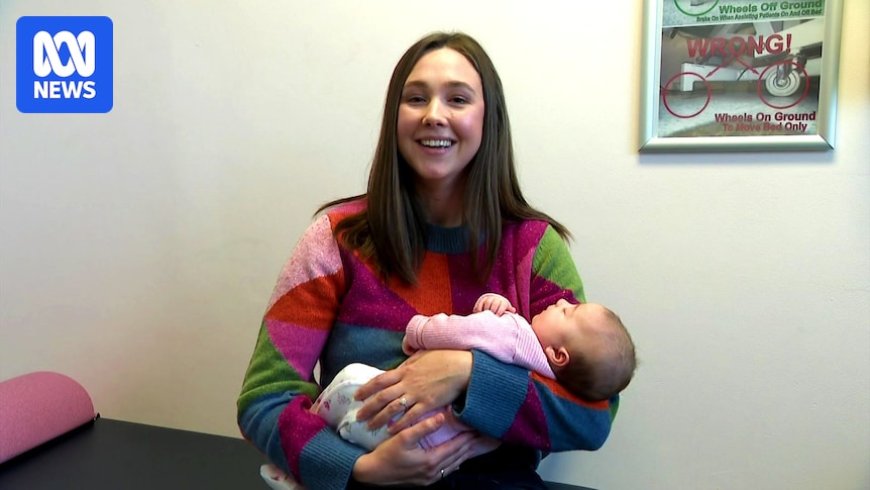New VitalTrace Device Revolutionizes Fetal Monitoring in Childbirth
The VitalTrace fetal monitoring device, developed in Western Australia, allows health professionals to accurately monitor oxygen levels in babies during childbirth, preventing major health issues and unnecessary emergency procedures. Described as a breakthrough technology, it attaches to the baby's head to measure heart rate and lactate levels, detecting fetal distress. This innovation has the potential to reduce unnecessary interventions and improve health outcomes for both babies and mothers.

For the first time ever, health professionals will be able to accurately monitor oxygen levels in babies during childbirth to prevent major health issues and unnecessary emergency procedures.
Experts have described the \"breakthrough technology\", developed in Western Australia, as a world-first and the biggest development in fetal monitoring in 50 years.
The VitalTrace device attaches to the baby's head and transmits small, continuous electrodes to measure the baby's heart rate and level of lactate, which can detect fetal distress.
University of WA professor Jane Pillow described the device as \"the first breakthrough in fetal monitoring that we've had since the 1960s\".
She said the current method of fetal monitoring was not a \"good predictor\" of how well oxygen was being delivered to the baby during labour, she said.
\"The problem with that is … sometimes we miss babies that are not getting oxygen all that well,\" she said.
\"And at other times the diagnosis of when they aren't getting oxygen might be significantly delayed, and the consequence of that for babies is really devastating.\"
A lack of oxygen could result in death but often it's the cause of significant health issues like cerebral palsy, brain damage and organ function complications.
Emily Stone said it could provide re-assurance to mothers.
\"There were times during the birth of my daughter, when her heart rate couldn't be detected,\" she said.
\"It can be quite frightening in what's already an intense experience.
\"If this device was available, it just would have given me greater piece of mind that she was healthy and safe.\"
Reducing intervention
Obstetrician and associate professor and the University of WA Scott White said the new development had the potential to halve unnecessary emergency caesareans, describing it as \"an absolute revolution in childbirth\".
\"It allows us to better identify those babies who are compromised,\" Ms Scott said.
\"But equally as important, it allows us to reduce the interventions we unnecessarily apply to women, which is a real profound improved health outcome.\"
Mr Scott explained one of the well-known side effects of traditional heart rate monitoring is its inaccuracy.
\"At the moment, we look at changes in the babies heart rate pattern, that requires a lot of training, skill and interpretation and therefore errors can happen,\" Mr Scott said.
\"Whenever you use an indirect measure, you get false positive results and false negative results … and it tells us babies are unhappy when frequently they're not.
\"But this device is much more accurate which allows us to safely leave babies in when they're safe and to more accurately recognise those babies that truly do need to be delivered early.\"
The device has taken about seven years to develop and the technology is similar to what people with diabetes use to monitor their glucose levels.
VitalTrace co-founder and chief executive Arjun Kaushik said the response to the device had been overwhelming.
\"The enthusiasm to adopt this device cannot be overstated, I think this is an area of medicine that has long been under-served in technology,\" he said.
Both the state and federal government have backed the device, with the state government contributing about $5 million to the technology's development.
Early trials of the technology involved 20 mothers who participated nationwide.
But professionals are hoping another larger trial will start next year to test the devices efficacy and dependability with the aim of getting regulatory approval in 2027.
What's Your Reaction?
 Like
0
Like
0
 Dislike
0
Dislike
0
 Love
0
Love
0
 Funny
0
Funny
0
 Angry
0
Angry
0
 Sad
0
Sad
0
 Wow
0
Wow
0
























































































































































































